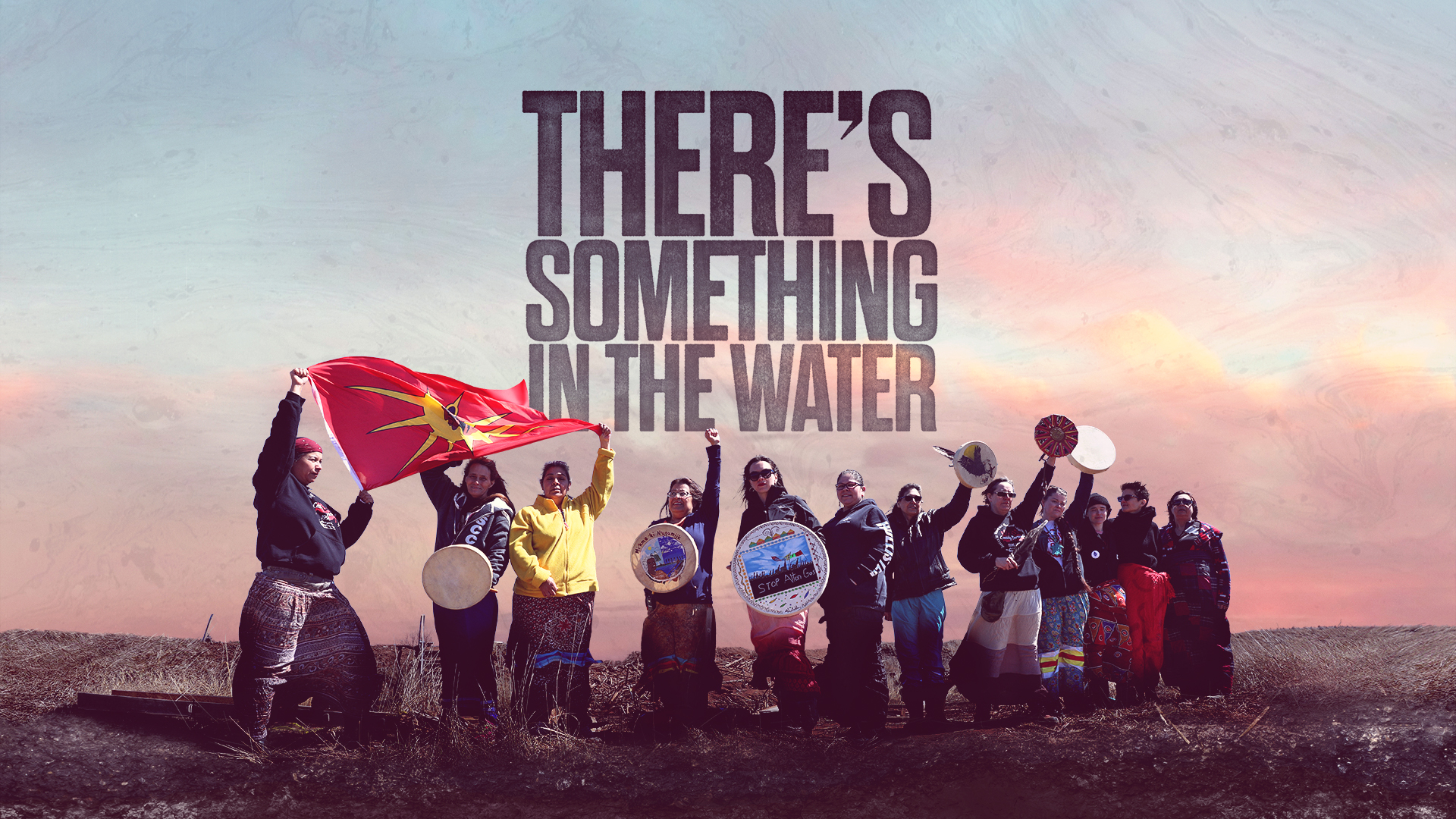In the growing silence of drying rivers, cracked soils, and parched throats, the cinema of our times has begun to echo the desperate pulse of a world thirsty for water—both literally and symbolically. As global warming intensifies and water scarcity transforms from regional hardship to planetary emergency, filmmakers across the globe have responded with films that are urgent, poetic, chilling, or heartbreaking in their portrayals of a world where the most basic element of life has become contested, commodified, or simply vanished. The cinematic gaze toward water scarcity is not just an environmental commentary; it is a deeply human concern, reflecting inequality, migration, despair, and sometimes the fragile persistence of hope. This new cinema of drought and deprivation weaves across continents—from the deserts of Australia to the slums of India, from the villages of Africa to the ghostly ruins of once-thriving towns in the American West. Its languages are many, its styles diverse, but the cry it raises is singular: our water is vanishing, and with it, the future of life.

Take, for example, the haunting beauty and sorrow of Nila Madhab Panda’s Indian film Kaun Kitne Paani Mein (2015), a satirical but poignant take on caste, politics, and water scarcity in the Indian state of Odisha. Set in a dystopian future where water is more valuable than gold, the film tells the story of two villages—one upper caste and water-rich, the other lower caste and water-poor—whose fates are intertwined by politics, deceit, and survival. Panda, rather than turning to didacticism, crafts a dark comedy that exposes the deep fractures in Indian society, where access to water reflects the entrenchment of privilege. The film functions both as social allegory and environmental warning, depicting a near future that feels unsettlingly close.
Across the globe in South Africa, the film Dry (2015), directed by Stephanie Linus, paints a harrowing portrait of life in a community where the absence of water has become not just an environmental concern but a tool of social control. The story follows a Nigerian doctor living abroad who returns to her homeland to uncover the truth behind her traumatic past and finds herself entangled in a village where girls are subjected to dangerous traditional practices and where the drying wells reflect a deeper decay of justice and humanity. Water here is not merely a need but a metaphor for purity, for womanhood, for healing—a symbol that when absent, leaves behind brokenness.

In the Iranian cinematic tradition—long known for its minimalist visual language and deep philosophical undertones—films have also explored the effects of water scarcity, though often indirectly. One of the most notable examples is The Wind Will Carry Us (1999) by Abbas Kiarostami. While not overtly about drought or water deprivation, the film takes place in a remote Kurdish village in Iran where the protagonist waits for the death of an old woman to document mourning rituals. The villagers, meanwhile, dig for water and speak often of the earth’s dryness. This persistent presence of thirst and barrenness serves as a quiet background, a metaphysical commentary on absence, patience, and life’s fragility. Kiarostami, always subtle, places the lack of water as a kind of spiritual drought—an emptiness that transcends the physical.
Australia, with its long history of droughts and climate extremes, has offered some of the most visceral and apocalyptic visions of water scarcity in film. The Rover (2014), directed by David Michôd, imagines a bleak, lawless future ten years after a societal collapse triggered by resource depletion. Water, though rarely spoken of, haunts every frame; the dusty roads, sun-bleached corpses, and fevered desperation of the characters all speak to an ecological desolation. Similarly, Mad Max: Fury Road (2015), though more stylized and operatic, centers its dystopian narrative on the control and exploitation of water. The tyrant Immortan Joe holds dominion over a population by monopolizing a waterfall, releasing it only to reinforce his godlike status. In this world, water is power, water is religion, and those without it are left to cannibalize themselves.

Latin American cinema, too, has turned its gaze toward the crises of water with visceral urgency. In Tambien la Lluvia (Even the Rain, 2010), directed by Icíar Bollaín, the narrative unfolds in Bolivia during the Cochabamba Water War, a real-life uprising against the privatization of municipal water systems. The film tells the story of a Spanish film crew making a movie about Columbus’s arrival in the Americas while simultaneously witnessing the modern-day struggle of Bolivian people resisting multinational corporations that have seized control of their water. The dual timelines—one of colonial conquest, the other of contemporary economic imperialism—interweave to show how the pillaging of resources is a story that repeats, only the tools and actors change. Water becomes the last frontier of colonization, and those who resist become its reluctant heroes.

In Kenya, Wanuri Kahiu’s Pumzi (2009) presents a bold, Afrofuturist vision of a post-apocalyptic world where water wars have ravaged the planet. Set in a sterile underground society where every drop is regulated and recycled, the film follows a young woman who defies the regime to plant a forbidden tree—symbol of rebirth and resistance. In just twenty minutes, Pumzi delivers a searing critique of environmental collapse, totalitarian control, and the resilience of nature. Water is simultaneously sacred and weaponized; it defines who may dream and who must obey. Kahiu’s work stands as a defiant voice from the Global South, imagining not just the horror of water loss but the radical hope that can sprout even in dust.
American cinema has also begun to reflect the growing unease surrounding drought and water scarcity, particularly in the western and southwestern states. Chinatown (1974), though made decades ago, remains a landmark film in this regard. Set in Los Angeles during the 1930s, the film uncovers the sinister manipulation of water rights by powerful interests. Loosely inspired by the real California Water Wars, Chinatown turns the battle for control of water into a noir tragedy, where corruption, land speculation, and murder all flow from the same poisoned well. More recently, the documentary The Great Invisible (2014), while centered on the Deepwater Horizon oil spill, subtly draws connections between fossil fuel extraction, ocean pollution, and the broader degradation of the earth’s water systems. Likewise, There’s Something in the Water (2019), co-directed by actor Ellen Page (now Elliot Page), explores environmental racism in Nova Scotia, where Indigenous and Black communities face contaminated water and corporate neglect.

Chinese cinema has approached water scarcity with a mixture of realism and allegory. In Jia Zhangke’s Still Life (2006), the flooding caused by the Three Gorges Dam serves as a backdrop for human dislocation and emotional rupture. The film is set in Fengjie, a town being submerged by the dam’s rising waters, and follows two characters in search of lost loved ones. The landscape is in flux—homes are abandoned, workers demolish buildings that will soon be underwater, and everything feels impermanent. Here, water is not absent but overwhelming, an instrument of progress that drowns the past and displaces the poor. Jia’s film offers a rare portrait of water not as scarcity but as surplus, yet the tragedy is the same: the people suffer while the powerful decide what will sink and what will float.
In Japan, one finds more mythological or metaphorical representations of water scarcity. Hayao Miyazaki’s Nausicaä of the Valley of the Wind (1984) may not depict a literal drought, but its poisoned forests, dying ecosystems, and struggle for clean resources evoke a similar sense of ecological crisis. The film, though fantastical, is grounded in real environmental anxieties born from post-war industrial pollution and nuclear trauma. Water, while present, is always under threat—its purity, its ability to nourish, its role in the cycle of life. Miyazaki’s visionary storytelling reminds us that water is not merely a commodity, but a spirit, a friend, a pulse that binds all living things.

The Middle East, especially in countries like Jordan, Yemen, and Syria, where water scarcity is both a geopolitical flashpoint and daily reality, has begun producing a new wave of films that confront the desperation and resilience of communities living on the brink. Thirst (Atash), a 2004 Palestinian film by Tawfik Abu Wael, tells the story of a family living in an abandoned village after the father cuts off their water supply in a fit of patriarchal pride. The film is a slow-burning tragedy, drenched in the symbolism of thirst—emotional, physical, spiritual. Water becomes a proxy for love, power, and control, and its absence reveals the cracks in human connection.
Documentary filmmaking has also been a powerful tool in this global conversation. Films like Flow: For Love of Water (2008), Blue Gold: World Water Wars (2008), and Watermark (2013) traverse continents, cultures, and industries to expose the commodification, pollution, and mismanagement of water. They capture indigenous protests, dying rivers, corporate greed, and scientific warnings with the immediacy that only nonfiction can offer. These films are not just records of crisis; they are calls to action, infused with rage, grief, and sometimes fragile hope. They show us communities who, denied water by dam projects, pollution, or privatization, rise up in defiance, preserving not just their rights but a vision of shared stewardship.

What emerges from this global chorus of films is a terrifying, awe-inspiring truth: water, the source of life, has become one of the most urgent cinematic themes of the 21st century. In its absence, the human psyche reveals its darkest fears—of abandonment, betrayal, and extinction. In its hoarding, the human soul exhibits its greediest urges. And in its presence, when it arrives clean and abundant, water becomes the purest metaphor for redemption, reconciliation, and rebirth.
Cinema, in its best form, reflects not only the world as it is, but the world as it might be. The films mentioned above—whether narrative, documentary, poetic, or dystopian—create a new mythos of water, one where thirst is not just for liquid, but for justice, for empathy, for the sacred balance of nature and humanity. In them, rivers dry not just on screen but within our conscience; villages vanish not only on maps but in the hearts of those displaced; and each drop spilled or stolen becomes a wound we can no longer afford to ignore.
The story of water in cinema is far from over. As the climate crisis deepens, and as entire civilizations reckon with parched lands and poisoned seas, this narrative will only grow more urgent, more intimate, and more global. Perhaps in watching these films, in feeling their anguish and wonder, we might begin to remember something we’ve long forgotten—that water is not ours to own, only ours to protect. It flows not for profit but for presence. It is, above all else, a gift. And cinema, that flickering light born of shadows and motion, may be one of the last vessels capable of carrying that truth across the drying world.


